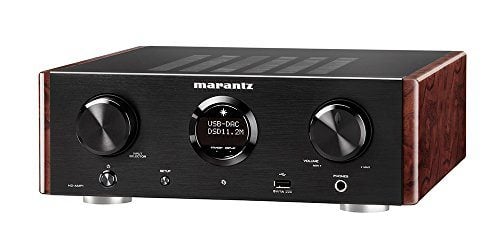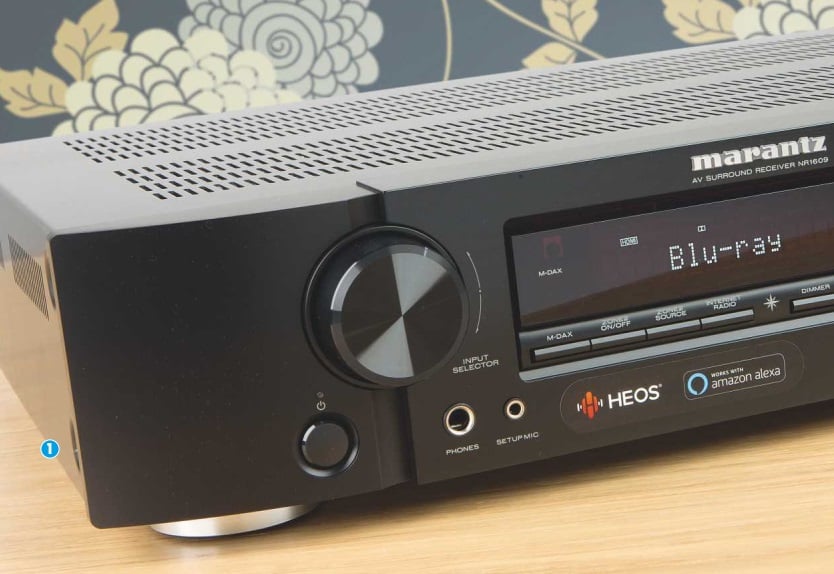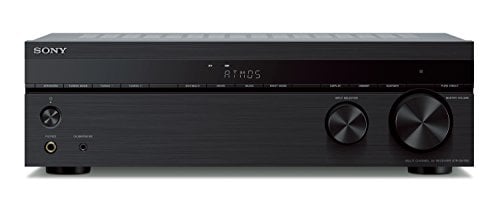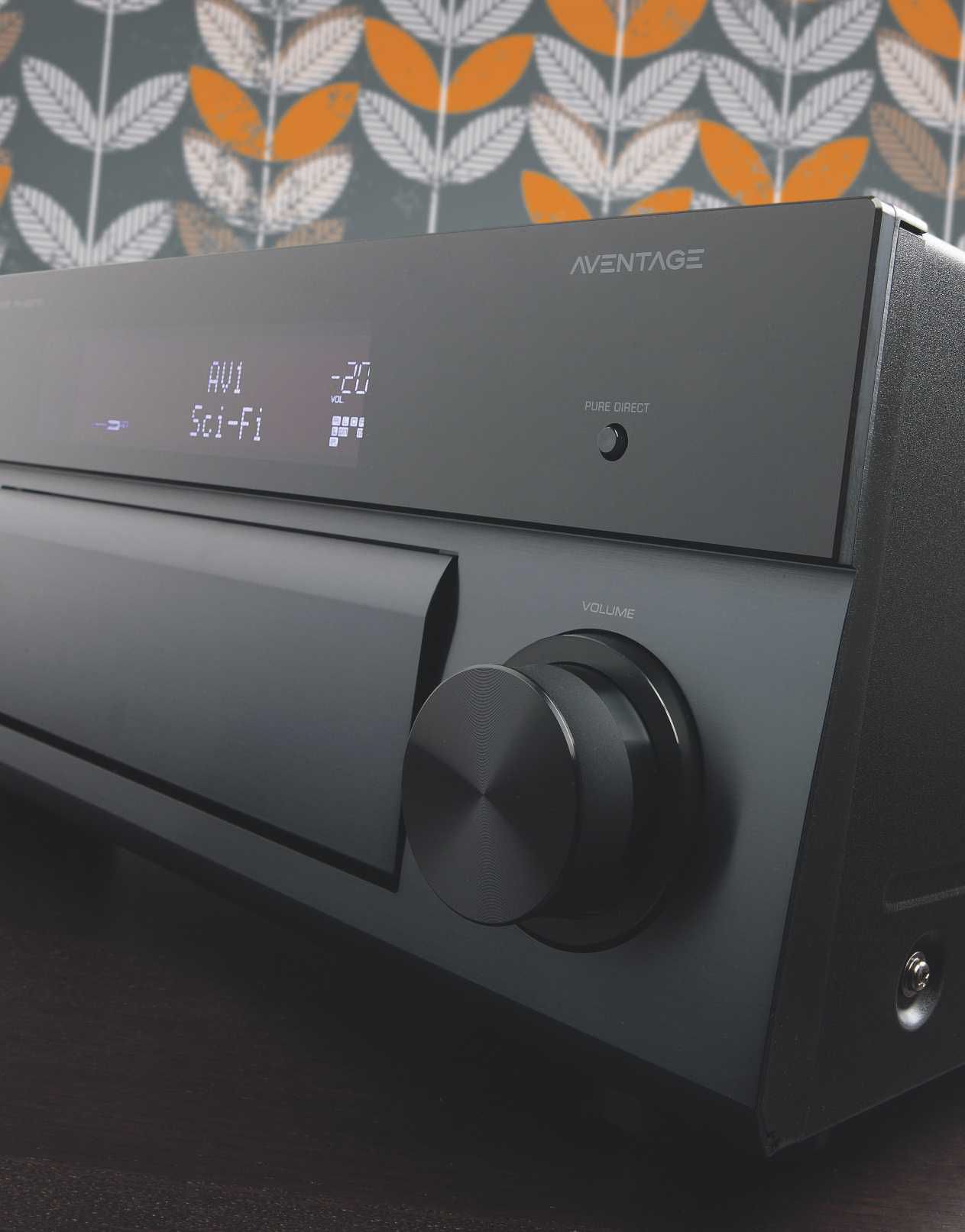Marantz HD-AMP1 Review – Combination of powerful bass and wide-open midband

Marantz HD-AMP1 – Marantz has built on the success of its HD-DAC1 with an all-new integrated – and it’s a real star, says James Parker
Once upon a time, you could survey the shelves in your local high street hi-fi shop and choose between any one of a dozen or more amplifiers from the big Japanese brands, but the hi-fi landscape has changed. Now ranges have been pared back, and more than a few of those once famous names have withdrawn from the mainstream separates market.
Marantz HD-AMP1 Price history
Happily, for some companies stereo remains not just their bread and butter but also a vital part of maintaining their credibility on the world market. Denon/Marantz’s parent company is one such: both brands have maintained a healthy presence, keeping the hi-fi faith while also diversifying what are ostensibly more fashionable market areas.

And if you ever doubted that products drawing on a brand’s heritage have a place in an audio market sometimes seemingly dominated by iThings, look no further than the Marantz HD-AMP1, a thoroughly modern integrated with styling echoing the company’s past, buys you an amplifier fashionably compact in its dimensions, equipped with an asynchronous USB input able to handle the highest resolution music files currently available (and more), and designed with all of the company’s tried and tested know-how, plus some new tricks too.
Yet along with an up-to-the-minute specification, you also get those echoes of the big old Marantz amps and receivers of old: the characteristic ‘porthole’ display at the center of the fascia, complete with the corporate ‘star’ logo, a choice of high-quality silver-gold or black metalwork, and wood-effect end-cheeks.
If the styling looks familiar, then it’s because the Marantz HD-AMP1 draws and develops on the HD-DAC1, the even more compact – and rather remarkable – desktop DAC/headphone amplifier. In many ways, it’s the big brother of that product: it still offers a high-quality headphone section, but also brings to the party analogue inputs as well as digital, even more wide-ranging file compatibility, and power amplification, delivering 35W into 8ohm and double that into a 4ohm load.
However, the Marantz HD-AMP1 review has even greater significance, and not just because it represents the swansong of long-serving sound manager Ryuichi Sawada, who is retiring after getting on for 40 years at the heart of the company’s operations. It also marks the return of a classic Marantz range of the past: the Music Link line, launched at the end of the eighties as a series of high-end components in miniature. Characterized by their sand-gold finish and solid build, these products are still highly collectible.
That the Marantz HD-AMP1 and HD-DAC1 are now part of a revitalized Music Link series must bode well for the future, with more products on the way: hints have already been dropped of a disc player, and I suspect guesses at there also being some kind of network music player wouldn’t be a million miles wide of the mark – after all, Marantz has proven competencies in both of these areas.
For now, though, the Marantz HD-AMP1 will do very nicely indeed, addressing as it does the popular audio-via-USB – or so-called ‘Macs and DACs’ – market. Marantz isn’t the only company with a dog in this fight, but it goes further than all but the most accomplished standalone DACs when it comes to the range of file formats it can accept.
Not only does it handle PCM-based formats (from MP3 to FLAC and WAV) all the way up to 32-bit/384kHz, it’s also compatible with DSD audio from the usual DSD64/2.8MHz as used for SACD discs, all the way through to DSD256, at a sampling rate of 11.2MHz.
Or, to put things more simply, if there’s a format you can download to your computer, the Marantz will handle it, and in addition to the asynchronous USB-B input there’s also an iOS-compatible USB-A port on the front, plus a coaxial and two optical digital inputs. Oh, and two sets of analogue ins, too.
At the heart of the digital section here is the tried-and-tested ESS Sabre DAC, partnered with a proprietary Marantz Musical Digital Filter with two settings. As Marantz’s Ken Ishiwata explains, the intention of these is to deliver to the user “the Marantz sound” across all kinds of digital music, and variations of this filtering are found in all the company’s high-end players, all the way up the Marantz Music Mastering technology of the flagship 11 Series.
The amplification here is Class D, but for all the Marantz HD-AMP1’s capabilities on the digital input side, this is a switching-type analogue solution, sourced from Hypex and combined with the in house Hyper Dynamic Amplifier Modules long a part of Marantz designs, and careful use of overall feedback. The feedback is taken after the filter stage rather than at the amp module’s output (thus ensuring the amplification isn’t affected by the speaker load), to give wide bandwidth, a fl at frequency response, and excellent speaker driving ability.
Marantz HD-AMP1 review: Sound quality
All of which is borne out in the way this little amplifier sounds – which, put simply, is not at all like a little amplifier. On paper the output may be modest, especially to those familiar with the claims of mid-market amps of the past (which are most charitably described as “ambitious”), but the Marantz HD-AMP1 is anything but feeble, either in the way it can drive even demanding speakers or the excellent control it exerts over them.
“Good things, small packages” is the consistent thought when playing music through the Marantz, so well does it both crash out rock and electronic with serious conviction and display excellent detail and ambiance with simpler, more atmospheric recordings.
I start things gently – even though I soon discover I don’t need to err on the side of caution – with the Hall & Oates compilation Rock & Soul Pt I in DSD64 from SACD, and it instantly impresses with its big, lush and yet fine-detailed delivery of the hits. The baseline of Maneater powers out of the speakers, the sax fills are deliciously distant, and those oh-so-period drum synths are just so distinctive.
With big, dense productions such as this, the ability of the Marantz to give a ‘listen-in’ experience is striking, but as with just about every mainstream product from this company the most impressive thing is the way it can make even the most familiar, “heard it a million times on the radio” track come up fresh and bursting with life, making the listener hear it anew and with a rapidly spreading silly grin.
It’s a trick Ishiwata loves to play when demonstrating at shows and product launches – perhaps he just enjoys seeing expressions change from “what the…” to admiration, and even better is the fact that the company’s equipment can do the same thing when you get it home, not just in a carefully tuned environment. In the manner of the best hi-fi, the Marantz HD-AMP1 is one of those ‘collection trawlers’, likely to have its owner going through music unplayed for years and enjoying it all over again.
What’s more, it can do it with a wide range of speakers, from budget to “blimey!”: I have great results with the cute-as-anything DALI Menuets – Recommended badge winner in last month’s GT –, which the Marantz proves capable of driving to within an inch of their lives, and an old pair of PMC DB1s, while I’ve also heard this relatively tiny amplifier doing great things hooked up to a pair of the big Bowers & Wilkins 803 D3 floorstanders. Yes, all £12.5k’s worth – but then that’s just the setup Sawada chose to demonstrate his final product to the Japanese press (although the fact that Marantz distributes the speakers in Japan may have helped too).
Through the DALIs, the Marantz gives a wonderfully deep and detailed presentation of the atmospheric 2002 Hyperion re-creation of The Coronation of King George II – again in DSD64 – complete with its brass, drums and soaring choral singing, while the intimacy of Coltrane’s My Favorite Things set, in 24-bit/192kHz, reveals again just how the subtlest nuances are used by this DAC/amp combination to enhance the listener’s involvement in the music.
Marantz HD-AMP1 review: Conclusion
For all that, the Marantz HD-AMP1 is more than adept at doing the down and dirty thing, too, whether with the slightly bonkers blues of Ironing Board Sam’s Super Spirit set or the thunder of Thin Lizzy in their pomp. You see? I warned you it leads to serious music-collection trawling – yes, that combination of powerful bass and wide-open midband and treble is just too much to resist.







